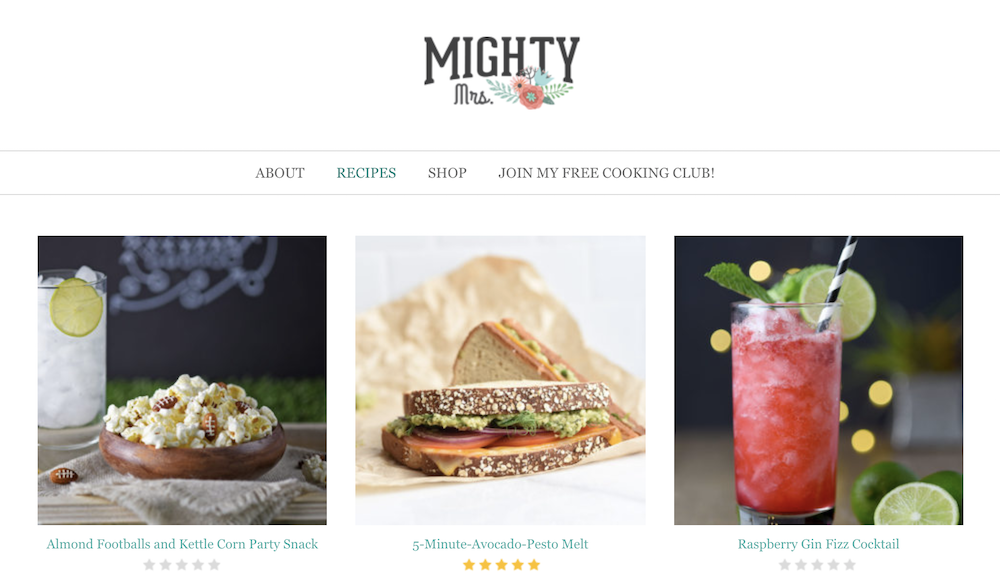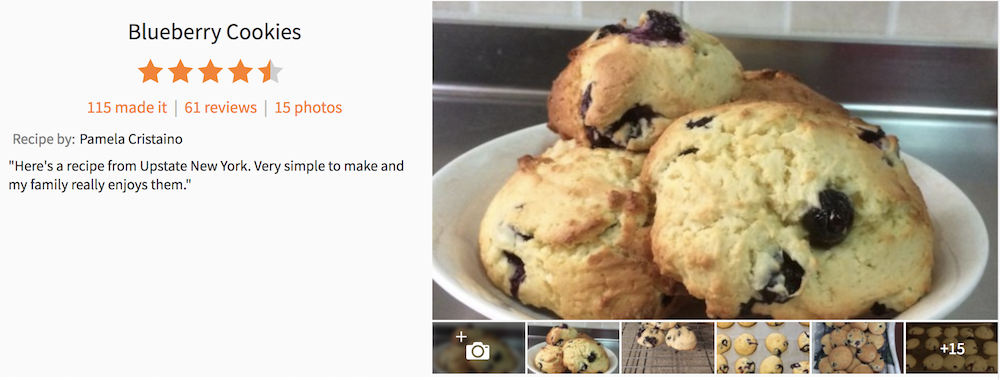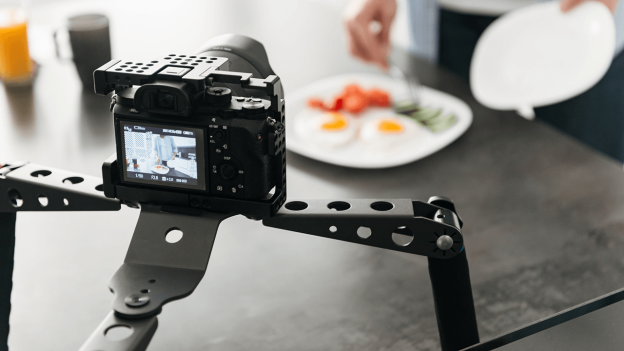Put the words “star ratings” and “food” together in a sentence and your mind may automatically envision review platforms like Yelp. Popularized for its surfacing of crowdsourced, local restaurant hot spots, a user’s initial judgment of whether destinations are worth their time comes down to that collection of star ratings.
The more stars, the more likely they are to click through and investigate the profile. The fewer stars, the more likely they are to bypass an entry altogether. One way or another, it becomes a surface layer barrier to entry that can make or break final decisions.
Take this star rating system out of the Yelp context though, and what do you have left? In what ways can you incorporate both the psychological view it holds on visitors and produces a positive impact on SEO? So great of you to ask.
Read on for more on how to use star ratings to create the best food blog.
Influence Content Engagement
Millions upon millions of content pieces are digitally produced not just daily, but by the minute.
What this means is there’s both a finite amount of time and eyeballs you have to work with when aiming to capture someone’s attention (Mark Schaeffer coined the term “content shock” to refer to this conundrum). And because of this, you’ll want to make sure each and every entry preview entices someone enough to click through for more.
Star ratings are a tactic that the best food blogs use to help establish social proof.
As it relates to recipes, consider how powerful it can be to see ratings on behalf of visitors that have already attempted the creation of these dishes. It’s one thing for you as the food blogger to vouch for a recipe you may have come up with yourself as someone that’s established in the world of cooking, baking, etc. It’s quite another thing to see other visitors finding success at varying levels of interest and expertise—helping others to see you as the best food blog in your niche.
Star ratings on food blogs give visitors an easy gauge for how much time they should be willing to invest in your content. It immediately indicates a level of quality. In addition, for recipes readers may not have previously been interested in (perhaps based on preconceived ideas around difficulty), star ratings help open the door for opportunity.
The SEO Benefits of Star Ratings
While there is certainly a psychological aspect at play, there are also technical SEO benefits to be found in incorporating star ratings into the best food blogs. This is more specifically realized in terms of the incorporation of ratings and reviews into your schema markup.
What is Schema Markup?
If you’re unfamiliar, schema markup is a piece of code added to the HTML of the best food blogs. It acts as an interpreter of sorts.
For certain keywords sprinkled throughout a recipe added to your blog, for example, you can establish indicators that will help Google establish what they actually mean. In turn, this helps to better index content on your website in relation to relevant searches.
The goal of any search engine after all—whether it be Google, Bing, Yahoo, you name it—is to surface relevant search results. Schema markup better allows them to do that by providing as much context as possible to result previews.
You’ve probably already seen this yourself, in relation to movie ratings, product reviews and yes even the best food blogs.

Example of schema markup data (ratings) displayed in search.
How Does Schema Markup Help Establish the Best Food Blogs?
Imagine that these star ratings from your food blog translate to individual recipe search results in Google. If you could drive click-through rates both on your website, as well as to your site in the first place, wouldn’t you?
Incorporating star ratings schema markup into your food blog allows you to do just that. This then helps to drive more clicks in Google search, possibly improving both your website traffic and overall rankings.
The Best Food Blogs Use Five Star Rating Systems
There are a number of ways to approach incorporating a five star rating system into your food blog. From recipe previews, to the bottom of your recipe page, consider how these popular food bloggers make use of star ratings:
Mighty Mrs.

Angela Gast of Mighty Mrs. is a mother, wife, business owner, and photographer. With her food blog, she makes it easy for women on-the-go to find simple and delicious recipes they can turnaround in a pinch.
Angela integrates a rating system for each of her recipes through the previews, as well as on the individual recipe pages themselves. In doing so, she helps point visitors towards her most popular dishes. Speaking of which, her Thin Mint Cocktail and Healthy Cajun Ham and Cheddar Biscuits are among some of her highest ranked recipes.
Smitten Kitchen

Deb Perelman of Smitten Kitchen has been bringing viewers delectable recipes from the comfort of her tiny kitchen since 2009. The success of her food blog has led to multiple books and a YouTube video series on Food Network Digital.
While recipes are categorized by occasion, ingredients, and more, on the bottom of each recipe page is an option to rate and review. The star ratings give viewers a better sense of each recipe’s popularity among viewers, while the reviews allow fellow foodies the chance to expand upon their cooking experiences and preferences.
Allrecipes

Allrecipes is a popular crowdsourcing website for all things recipes. Users can create profiles, connect with fellow users on the website and upload their personal recipes. With categories that span across meal type, dietary preferences, cuisine, cooking style, seasonality, and more—they certainly aren’t exaggerating when they say all recipes.
Each recipe preview shows not only the average star rating for each recipe but the number of ratings left for each. This gives further weight to the social proof aspect, since the higher the number of ratings, the more impressive the average rating.
Click on any of their recipes and the star rating remains front and center at the top of each individual recipe page. This further drives home the crowdsourced aspect of the site in emphasizing content popularity.
Final Thoughts: How to Use Star Ratings to Create the Best Food Blog
From foods to foodies, incorporating a star rating system into both back and front end aspects of your food blog is a great way to lead people to your site and keep them engaged while on it.
Install RatingWidget today to take your digital presence to the next level—and become the best food blog in your niche!






Be the first to Comment